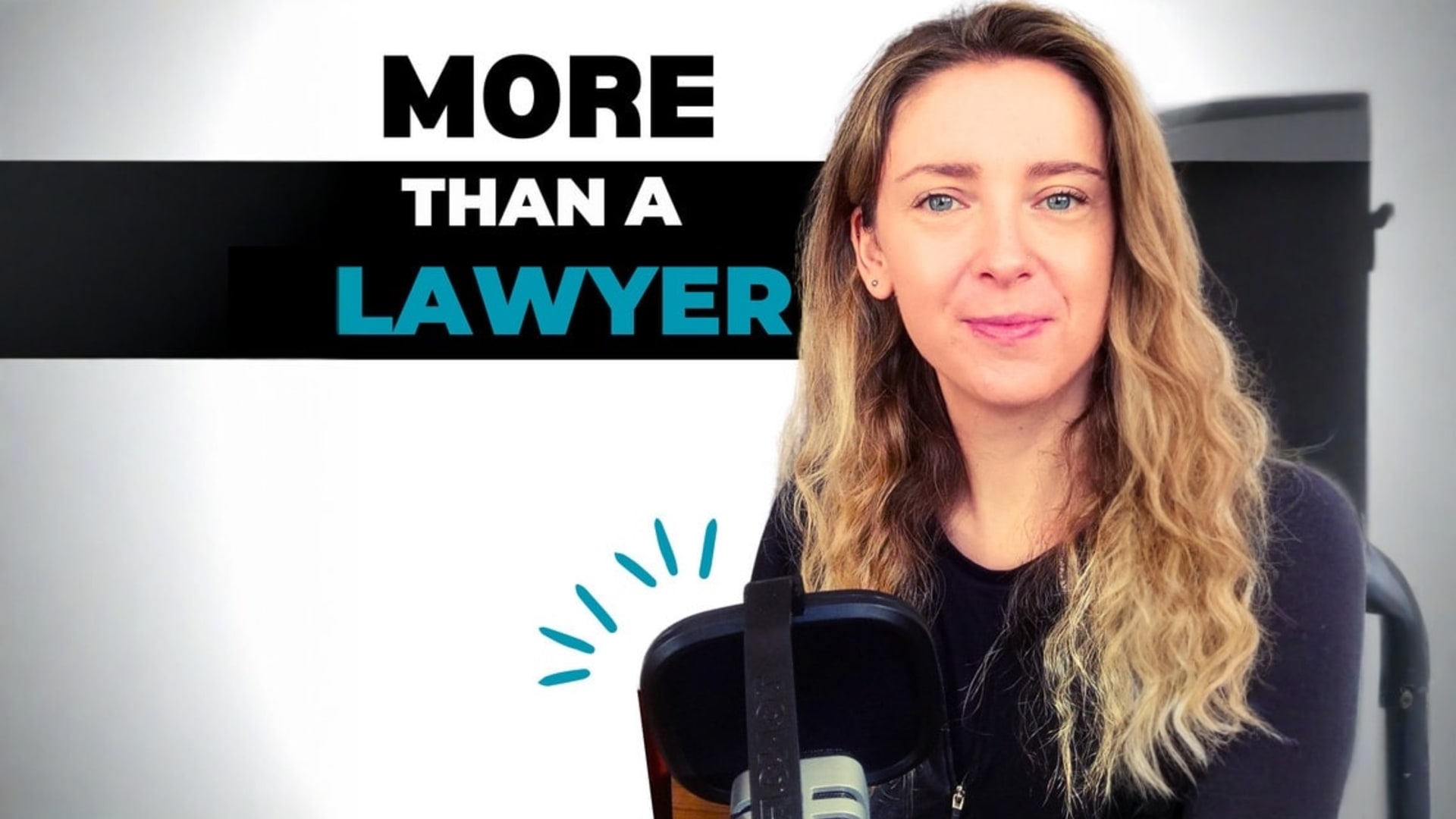Garfield AI CEO Discusses When AI Legal Products Need Regulation
In his second appearance on the 'More Than A Lawyer' podcast, Garfield AI CEO Philip Young breaks down the critical distinction between AI products that provide legal advice and those that require SRA regulation, explaining why Garfield proactively sought regulatory approval for conducting litigation activities.

London, 9 July 2025 – In his second appearance on Holly Cope's "More Than A Lawyer" podcast, Garfield AI CEO Philip Young addressed one of the legal industry's most pressing questions: at what point does an AI legal product cross the line into needing regulation from the Solicitors Regulation Authority?
The conversation provided crucial clarity for law firms, legal tech companies, and in-house legal teams navigating the increasingly complex landscape of AI-powered legal tools.
The Surprising Truth About Legal Advice
Philip began by challenging a common misconception among lawyers: that providing legal advice automatically requires regulation. "Non-lawyers provide legal advice frequently during their lifetimes," he explained, citing everyday examples like interpreting contracts or explaining traffic laws.
This revelation might surprise some legal professionals who assume any form of legal guidance falls under regulatory requirements. The reality, Philip clarified, is far more nuanced and depends on the specific nature of the activities involved.
Understanding Reserved Legal Activities
The critical distinction lies in the Legal Services Act's definition of "reserved legal activities" and, so far as contentious work is concerned, particularly around conducting litigation. Philip outlined the key regulatory threshold:
AI products that merely give advice may not need regulation, but those that help with legal processes, such as drafting and issuing proceedings, drafting pleadings, or progressing cases through the court system, likely do require SRA oversight. The position is different for many types of Tribunals where regulation is not required.
This distinction is crucial for legal tech companies and law firms evaluating their regulatory obligations. Many AI legal products in the market fall into the advisory category and operate outside the regulatory framework, while others that engage in substantive litigation processes will require formal authorization.
Garfield's Proactive Regulatory Approach
Garfield AI actively pursued regulation from the SRA. "We practically went out to the SRA and said, 'Hey, we want to be regulated,'" Philip shared during the interview.
This proactive stance was driven by several strategic considerations:
1. Consumer Protection
Regulation provides users, particularly small businesses without legal expertise, with an additional layer of security and recourse if issues arise.
2. Professional Standards
SRA oversight ensures Garfield maintains proper standards of legal practice, ethical conduct, and professional accountability.
3. Market Differentiation
As the first AI-driven law firm to receive SRA approval, Garfield's regulated status provides law firms and clients with confidence in the platform's compliance and quality.
4. Long-term Vision
Philip's commitment to responsible innovation meant pro-actively seeking regulatory approval, establishing a framework for sustainable growth.
Practical Guidance for Law Firms
Philip provided practical advice for law firms considering AI legal technology products:
Evaluate Your Use Case
Whether regulation matters depends on the specific application. Firms should assess:
- What legal activities does the product perform?
- Does it conduct litigation or provide pre-action advice?
- Does it handle substantive court processes?
- Is it meant to be used by a human lawyer or does it have autonomous functionality?
Consider the Value of Regulation
While many AI legal products aren't regulable or regulated, firms should evaluate whether regulation adds value to their particular needs. For products handling substantive litigation processes, not just pre-action work, regulatory oversight may provide important safeguards.
Understand the Legal Landscape
The law around what constitutes "conducting litigation" remains complex and somewhat unclear. Firms should seek clarity on whether their chosen products fall within reserved activities requiring regulation.
Implications for the Legal Tech Industry
Philip's insights have significant implications for the broader legal technology sector:
Regulatory Clarity
The conversation highlights the need for clearer guidance on when AI products cross into reserved legal activities requiring regulation.
Industry Standards
Garfield's proactive approach may establish a precedent for other legal tech companies handling litigation processes.
Client Confidence
Regulated AI legal products may offer competitive advantages in markets where consumer protection and professional standards are priorities.
The Reserved Activities Framework
Philip's explanation centered on the Legal Services Act's framework of reserved activities, which includes:
- Conducting litigation - Managing court proceedings
- Rights of audience - Representing clients in court
- Reserved instrument activities - Certain legal documents
- Probate activities - Estate administration
- Notarial activities - Document certification
- Administration of oaths - Sworn statements
AI products that engage in these activities likely require regulatory authorization, while those providing general legal information or advice may not.
Why Regulation Matters for Garfield
For Garfield AI, conducting litigation is central to the platform's value proposition. The system doesn't just provide advice about debt recovery, it actively helps businesses:
- Prepare pre-action letters
- Draft claim forms and particulars of claim
- Progress cases through the court system
- Apply for default judgments
- Prepare for hearings
All but the first of these activities clearly fall within the definition of conducting litigation, making regulatory approval essential rather than optional.
Building Trust Through Transparency
Philip's willingness to discuss regulatory requirements openly reflects Garfield's commitment to transparency and responsible innovation. By actively pursuing regulation and sharing insights about when it's required, Garfield is helping establish standards for the emerging AI legal services industry.
"The SRA's authorization process was thorough and appropriate," Philip noted. "It ensures we're accountable and that our users have the protections they deserve."
Looking Forward
As AI legal products proliferate, the questions Philip addressed will become increasingly important for the entire legal sector. Understanding when regulation is required, and when it adds value even if not strictly required, will be crucial for legal tech companies, law firms, and regulators alike.
Garfield's proactive approach to regulation demonstrates that innovation and compliance need not be in conflict. By seeking authorization for activities that clearly constitute conducting litigation, Garfield has established a model for responsible AI deployment in legal services.
Watch the Full Discussion
The complete conversation between Philip Young and Holly Cope is available on the "More Than A Lawyer" podcast. Watch the full episode on YouTube for essential insights for anyone involved in legal technology, regulation, or AI implementation in legal practice.
About Garfield AI Garfield AI is the world's first AI-driven law firm, approved by the Solicitors Regulation Authority. The platform helps businesses recover small debts through automated processes that conduct litigation activities while maintaining proper standards of legal practice. Founded by senior City litigation lawyer Philip Young and quantum physicist Daniel Long, Garfield combines AI innovation with regulatory compliance to transform access to justice. Visit garfield.law to learn more.
About the Author

Hugo Rawling
Legal Engineer
In other news


